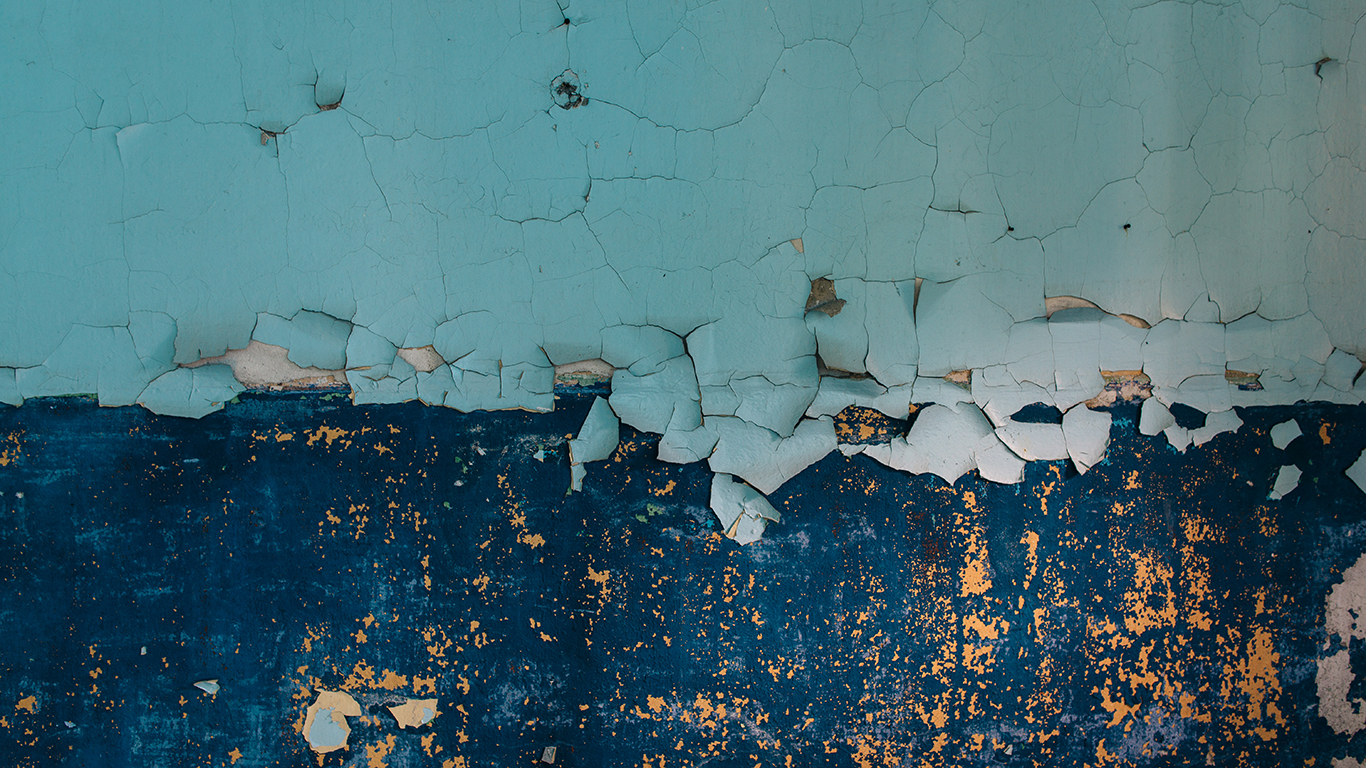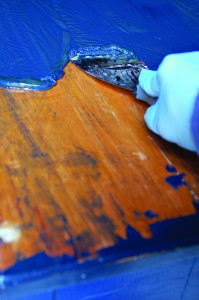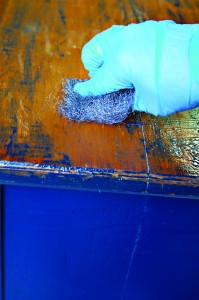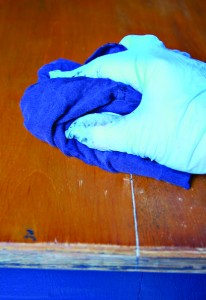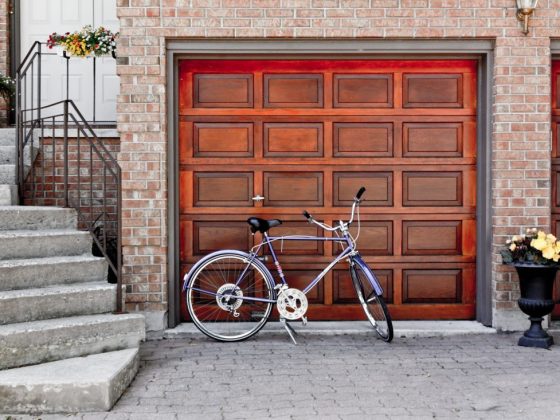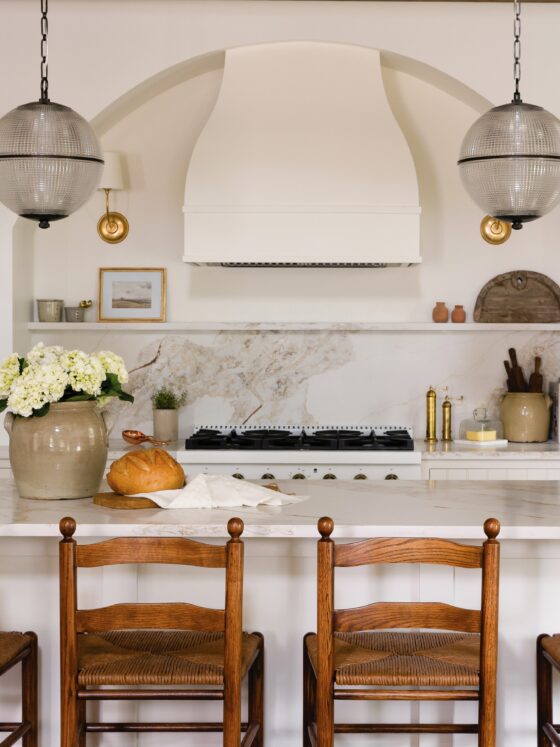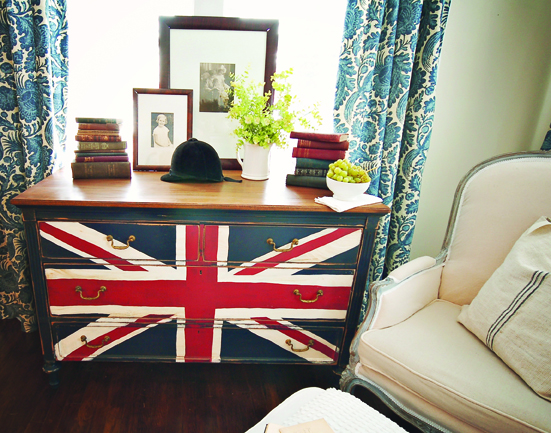
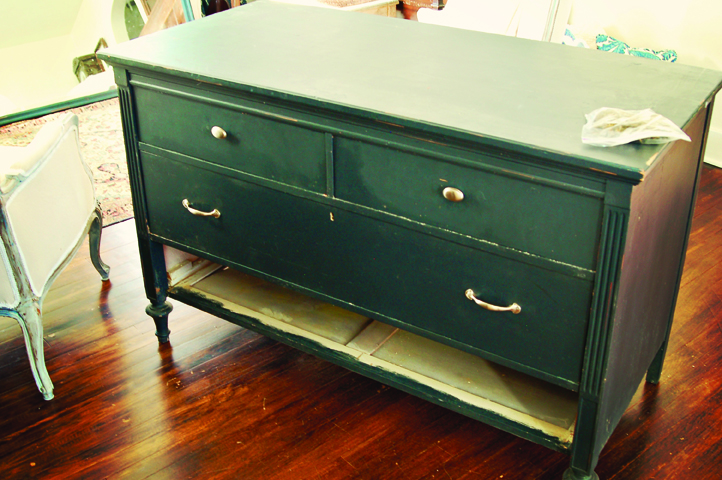
What you’ll need for this DIY project:
- Water-based gel paint stripper
- Cling wrap (optional)
- Chip brush
- Rubber gloves
- Eye protection
- Putty knife
- Steel wool
- Clean rag
- Metal container with lid
How to do it: For this project follow all of the manufacturer’s safety instructions, wear rubber gloves and eye protection, and work in a well-ventilated area.
1. Using a natural chip brush, apply water-based gel paint remover liberally to surface. Allow remover to activate and loosen paint before moving to step 2. Consult manufacturer’s directions for exact activation time.
Optional: Cover surface with cling wrap once remover is applied. This will slow drying time and allow remover to loosen several layers of paint in one application.
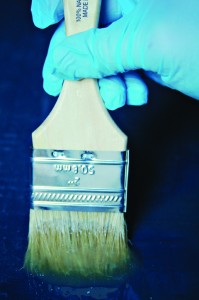
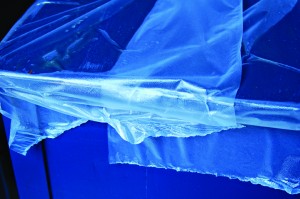
2. If used, remove cling wrap. Hold a putty knife at a 45-degree angle to scrape off paint in the direction of the wood grain. Discard removed paint in a clean metal container; a new paint can with lid is ideal.
3. Use putty-knife edge to gently remove paint from hard-to-reach areas. If paint resists, don’t force it and risk gouging the wood. Apply additional paint remover and repeat above steps until raw wood is exposed and a minimal amount of paint remains.
4. Apply a final thin coat of paint remover to entire work area and gently scrub with medium steel wool until all paint is removed. Steel wool is ideal for removing paint from carved details and edging.
5. Wipe surface with a clean, damp cloth to remove any residual paint stripper. Once dry, the piece is ready for sanding, stain and finish. Discard chip brush, cling wrap, gloves and used steel wool pads in lidded metal container. Follow manufacturer’s instructions for proper disposal.
Paint removers can also be used on varnishes that are crazed, chipped or have been damaged and discolored by moisture. Once removed, a few coats of paste wax will bring luster and durability to any wood.

